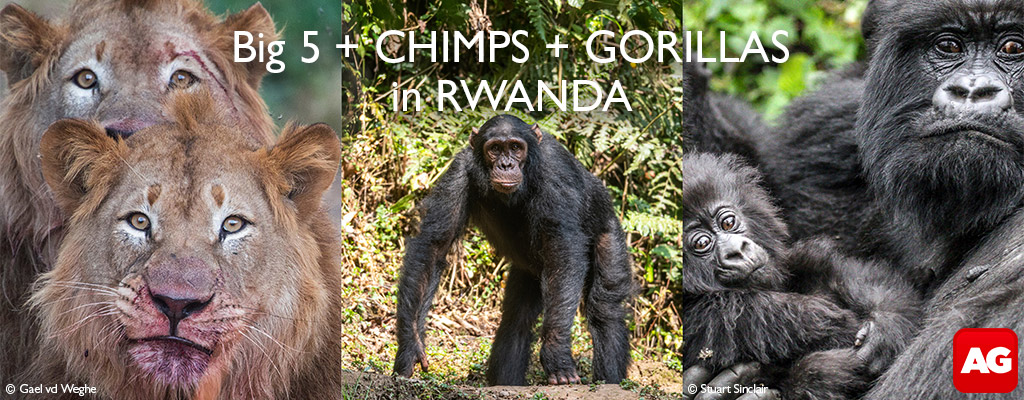There is something enchanting about a road straight through a forest. The green draws tight at either end, simultaneously erasing the past and obscuring the future. The result is wonderful anticipation. None more so than at Arabuko Sokoke.
I find myself on such a road through the Arabuko Sokoke forest of the central Kenyan coastline. Our guide is David Ngala but to call him a guide is to do him a disservice. A lifetime student of Arabuko Sokoke, David, appears to be as much a part of the forest as he is human. His speciality is birds, and birds are what my family and I are here to find.

The East African coastline was once covered with extensive forests, but like a rabid caterpillar, a burgeoning human population has devoured them, leaving only isolated islands. In these islands, there are avian treasures. Species found nowhere else on the planet; names that will make birdwatchers salivate.
We start off into the damp green. David makes the smallest impact on the spaces through which he moves, always listening. So adept is he at emulating the calls of his feathered quarry, he can fool the birds and us. Life in the forest seemed to revolve around him. He is both the conductor of the forest and every instrument in its orchestra.

Slowly, he conjures up life around us. It builds into a frenzy of binocular passing, bird-book page; flipping and the odd bit of frustrated swearing. Just as I am starting to wonder if my neck can take the continued strain of searching for specks in the canopy. David, satisfied that we have recorded the specials from this part of the forest, announces it is time to move on.

The soils change fast, and the vegetation changes with them. Sometimes you must blink twice to remind yourself that you have not teleported to another place entirely. In parts of the forest, the red soils support dense thicket, barely twice the height of a man. In others, a grey substrate is a foothold for gargantuan brachystegia woodland that towers high above you.

Amani sunbird and plain-backed sunbird are added to our list of special birds, a build-up to the final prize: the endangered Sokoke scops owl. There are maybe as few as 3,000 birds left in this forest stronghold, or possibly even less. Finding one makes haystack needle-searching seem like child’s play, but David has inside information. He has spent so long with these birds that he knows their favourite haunts, and we follow him through the tangled thicket towards such a spot. There is no guarantee that the birds will be there.
We arrive, and David stands up quietly. We scan the surrounding trees with a sinking disappointment. The birds are not there. Slowly, a smile spreads across David’s face as he delights in the success of the bird’s camouflage. He points, and there, not 10 feet from us, sits a tiny pair of owls. The owls are beautiful, perfect even, huge eyes staring nonplussed at us. They sit there completely oblivious to their own vulnerability of being trapped in a forest surrounded by intensifying human pressure. We watch them for some time and then shrink back, leaving the birds in peace.

In what feels like a heartbeat, our time in the forest with David is over. This fragile green jewel of Kenya’s coastline is a special place, and spending time with David was a privilege. For anyone that wanders into this part of the world, whether you are into birds or not, I recommend a visit. Your entrance fee will not only support the forest’s continued existence, but you will walk away a richer person.
To comment on this story: Login (or sign up) to our app here - it's a troll-free safe place 🙂.![]()








